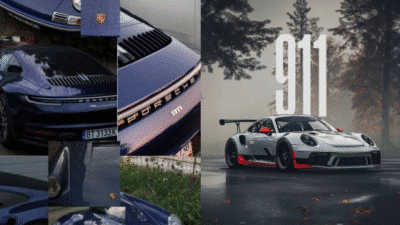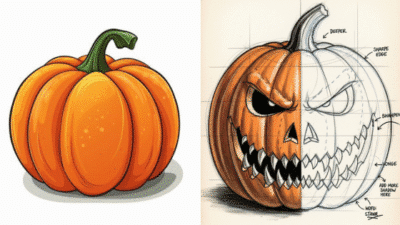Ever wanted to add that mesmerizing flicker to your artwork, but felt a bit intimidated by the fiery challenge? Drawing fire might seem tricky, with its erratic movements and glowing intensity, but it’s actually one of the most rewarding elements to master. There’s something undeniably captivating about flames – they represent passion, destruction, warmth, and transformation all at once. Whether you’re a seasoned artist looking for fresh inspiration or just starting your creative journey, diving into fire drawing can seriously ignite your art. Forget complicated techniques for a moment; we’re going to explore casual and cool fire drawing ideas that are both approachable and incredibly fun. Get ready to unleash your inner pyro-artist and set your canvas ablaze with some seriously hot designs!
What Makes Fire So Captivating to Draw?
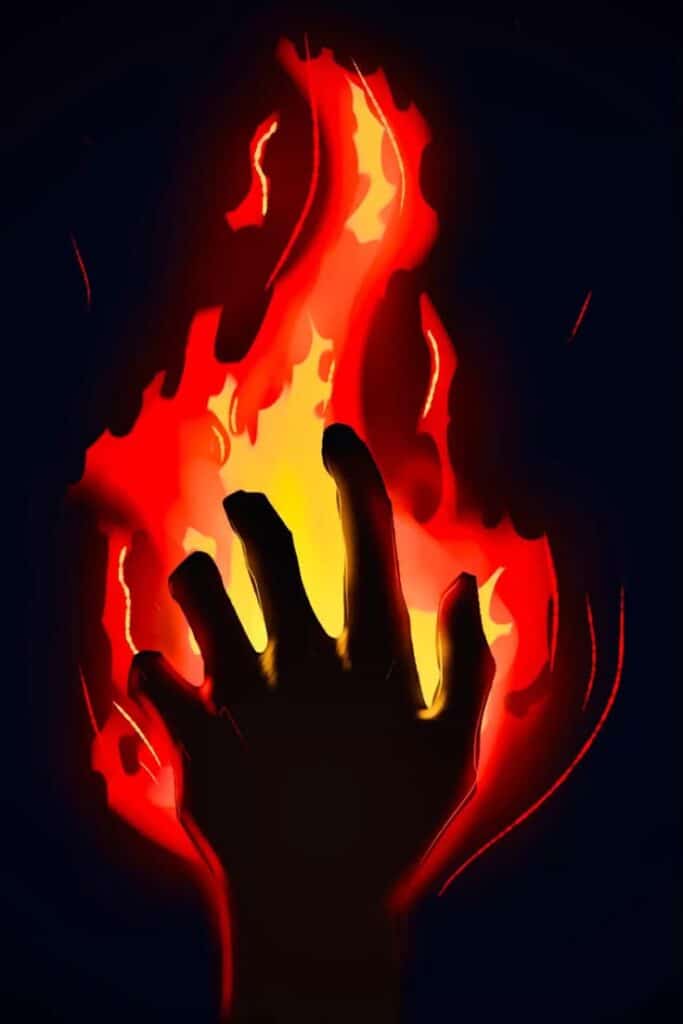
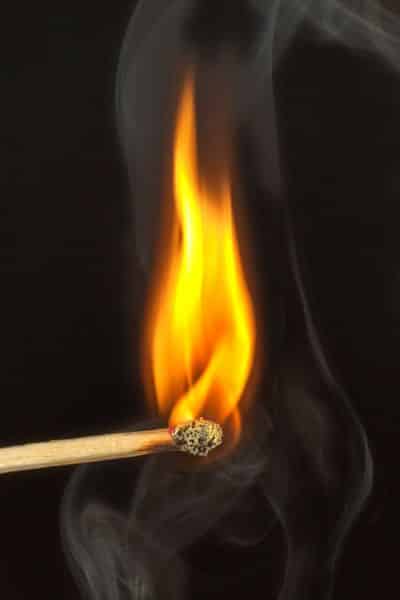
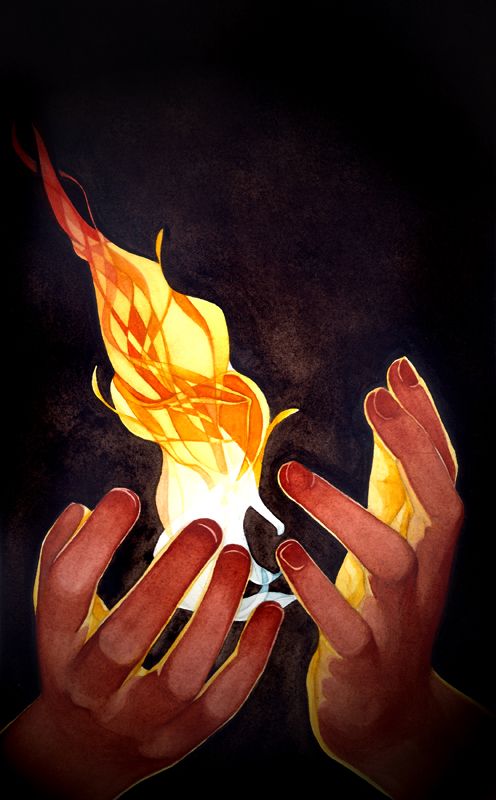
Before we grab our pencils or styluses, let’s chat about why fire holds such a powerful pull for artists. It’s more than just a light source; it’s a dynamic, ever-changing entity. Unlike drawing a solid object, fire doesn’t have a fixed shape. It dances, flickers, and evolves right before your eyes. This fluidity is what makes it so challenging and, ultimately, so rewarding to depict.
Think about it:
- Movement: Flames are constantly in motion, swaying, reaching, and retreating. Capturing this dynamism is key to a lively fire drawing.
- Color: Fire isn’t just red and orange. It transitions through a stunning spectrum of yellows, whites, blues, and even purples, depending on its heat and fuel. These color gradients are a feast for the eyes and a fantastic exercise in color theory.
- Light & Shadow: Fire is a primary light source, casting dramatic highlights and deep shadows. Understanding how light emanates from and interacts with flames is crucial for realism and impact.
- Symbolism: From ancient myths to modern storytelling, fire carries immense symbolic weight. It can represent rebirth, anger, warmth, danger, comfort, or even raw power. Imbuing your fire drawings with this emotional depth can elevate them from mere visual elements to narrative powerhouses.
Embracing these characteristics will not only improve your fire drawing skills but also deepen your overall artistic perception. It’s a fantastic way to stretch your creative muscles, no matter where you are in your artistic development. If you’re looking to generally level up your skills, remember that building a creative career takes consistent effort and exploration, just like mastering any specific subject like fire how to become an artist guide to building your creative career.
Basic Principles of Drawing Fire
Ready to get down to business? Let’s cover some fundamental principles that will lay the groundwork for any fire drawing project. Don’t worry, we’ll keep it casual!
Flame Shapes and Forms
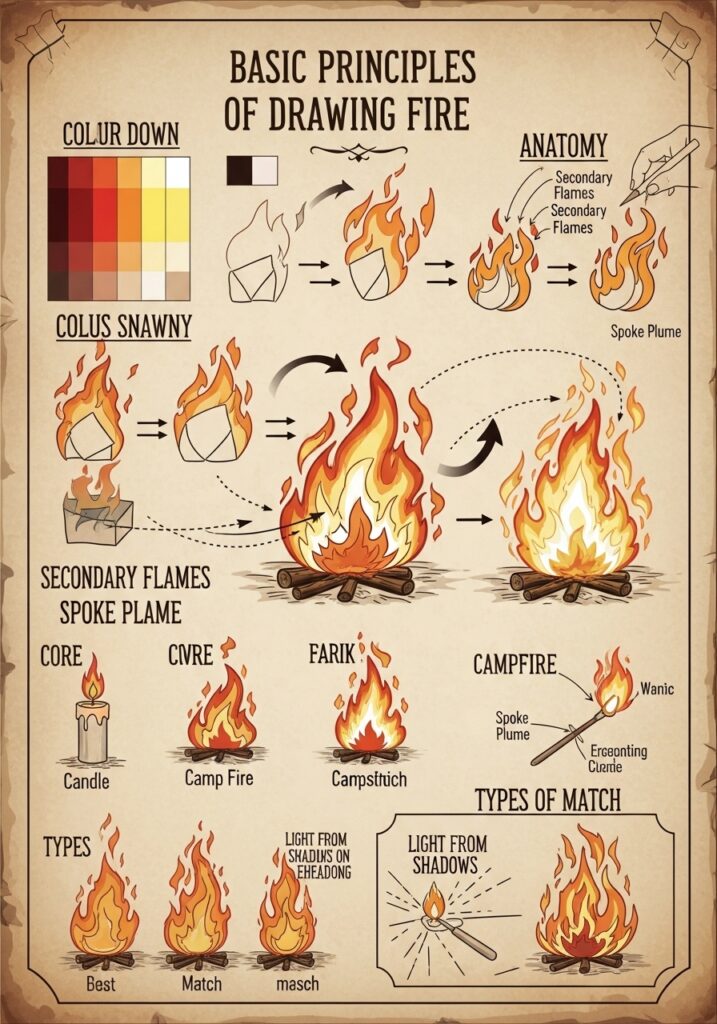
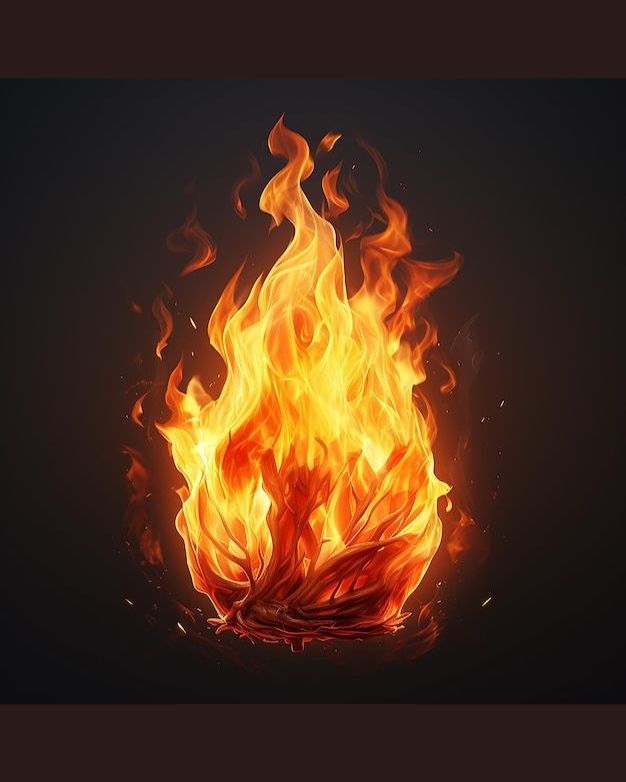
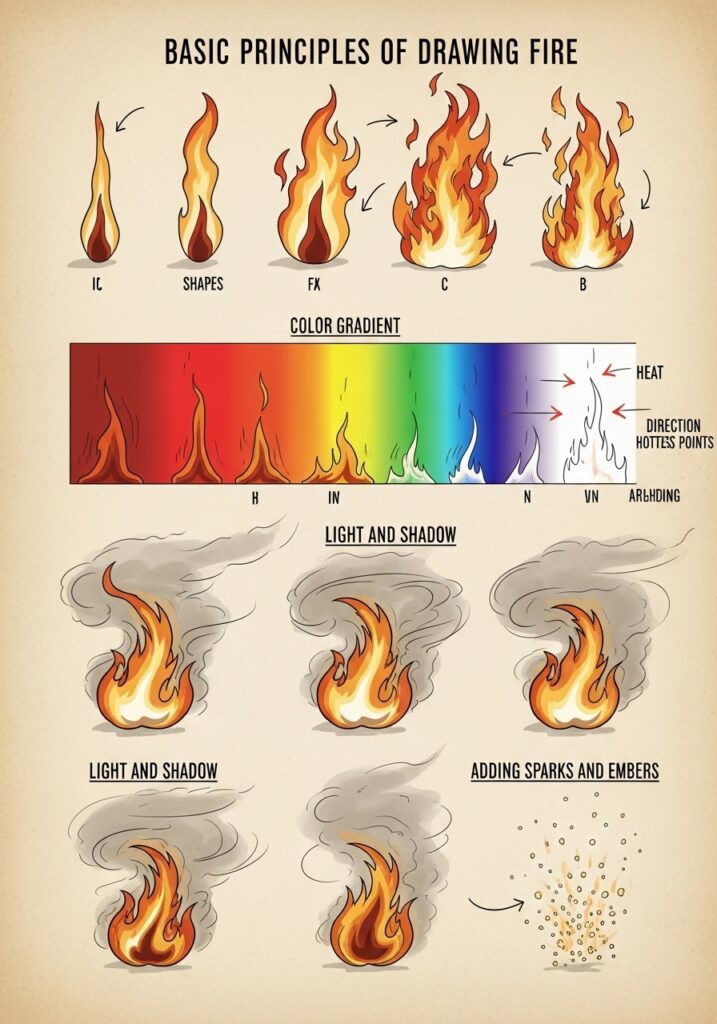
The first step to drawing fire is understanding its basic shapes. Think of flames as a series of overlapping, organic, tear-drop-like forms. They tend to narrow at the top and broaden towards the base.
- Start simple: Begin with a few wavy lines that converge at a point.
- Layering: Fire isn’t flat. Think about individual licks of flame overlapping each other, creating depth. The hottest part (often the brightest white/yellow) will be at the core, with cooler, darker colors on the outer edges.
- Irregularity is key: Avoid perfect symmetry. Real flames are wild and unpredictable. Embrace the imperfections!
The Color Palette of Fire
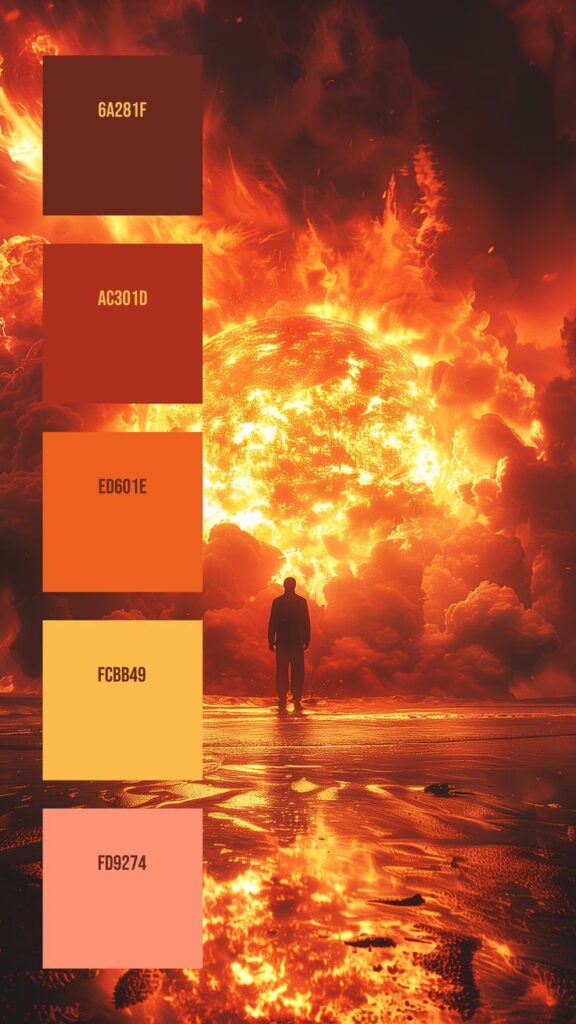
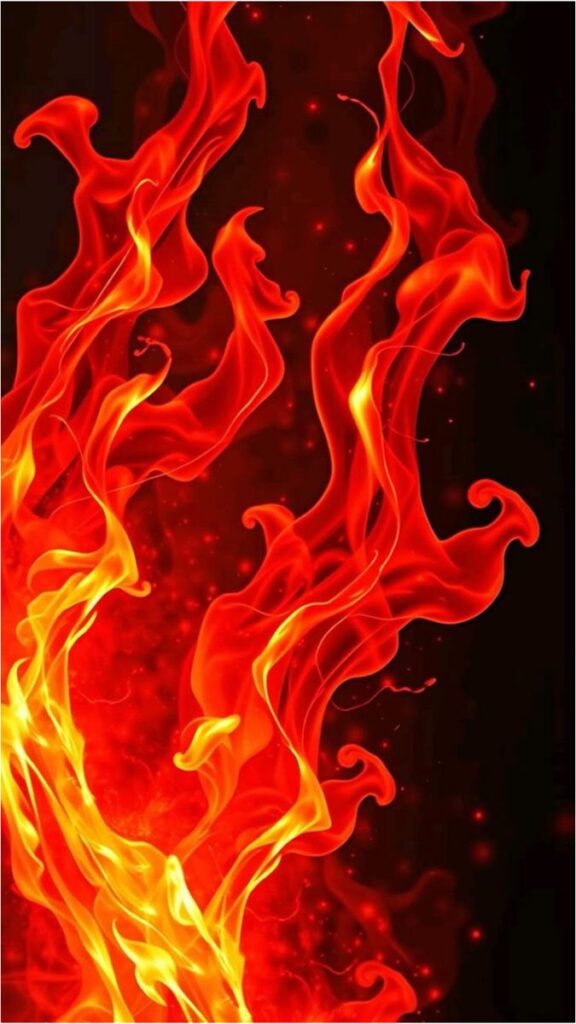
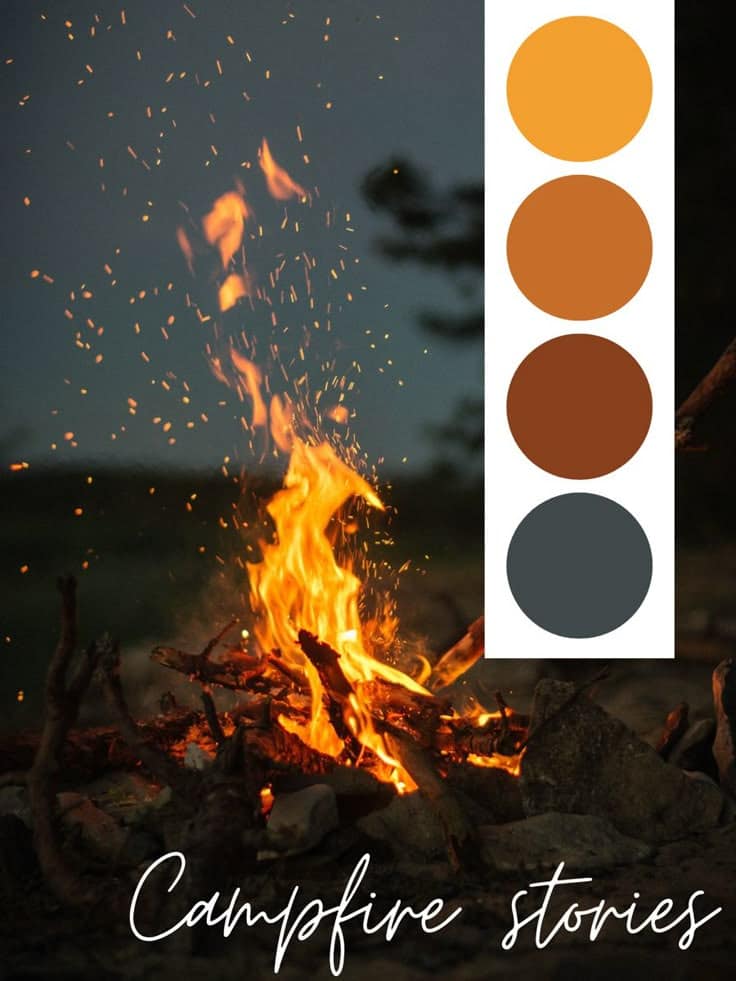
This is where the magic truly happens. Fire uses a reverse color spectrum compared to many objects. The hottest part is usually the brightest (white/light yellow), while the cooler parts are darker (reds, oranges, deep blues, purples).
- Inner Glow: Start with bright yellows and whites at the core of your flame.
- Mid-tones: Blend outwards into vibrant oranges and reds.
- Outer Edges: Introduce darker reds, deep oranges, and sometimes even purples or blues, especially around the base or where flames meet smoke.
- Subtle Blues: For super hot fire, don’t shy away from adding hints of pale blue, particularly at the bottom of the flame, where the fuel is burning most intensely.
Emulating Movement and Dance
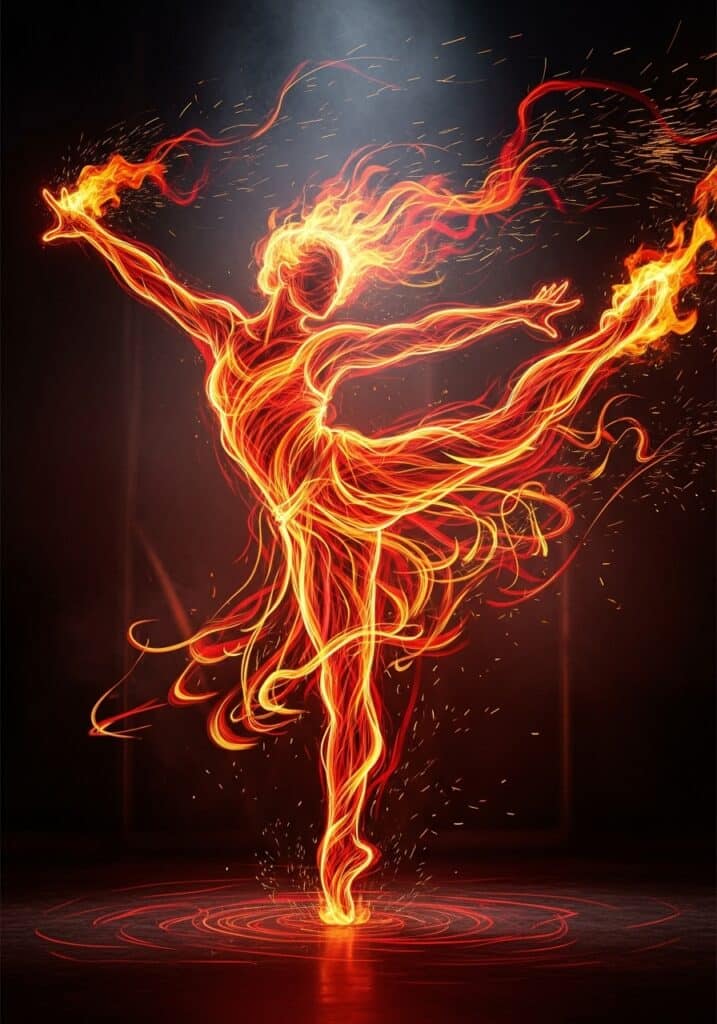

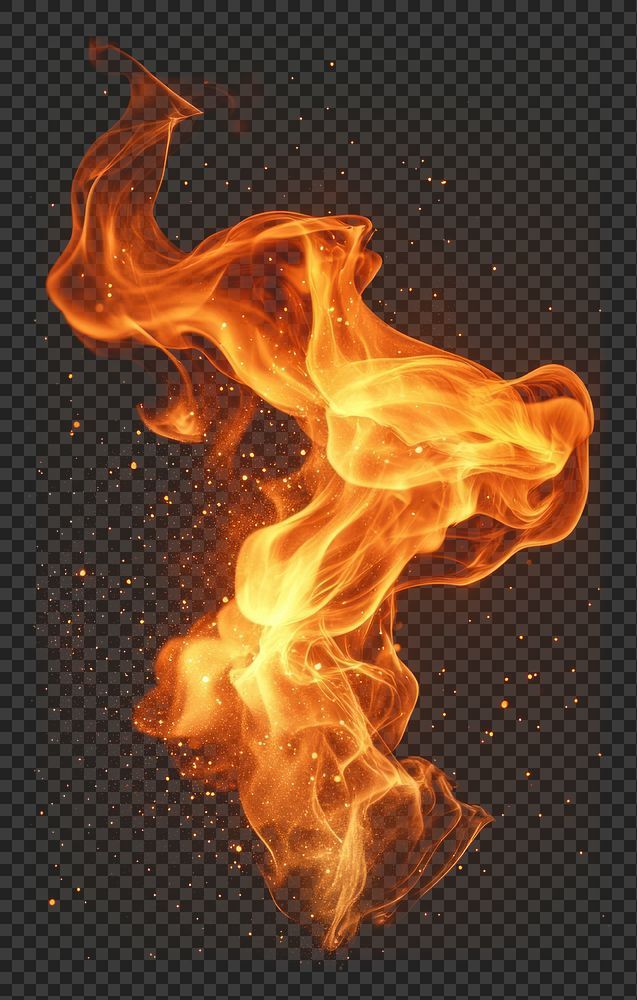
Fire is alive, and your drawing should reflect that.
- Wavy Lines: Use gentle, flowing curves rather than rigid straight lines.
- Direction: Flames typically rise upwards, but wind or objects can make them bend and swirl. Consider the source and environment.
- Flicker Effect: Incorporate small, erratic breaks and overlaps in your flame shapes to suggest rapid movement and flickering. Think of it like a dance; it’s never static.
Understanding Light and Shadow



Since fire is light, understanding how it illuminates its surroundings is critical.
- Cast Light: The area immediately surrounding the fire will be bathed in its warm glow. Objects nearby will have highlights reflecting the flame’s colors.
- Self-Illumination: The flames themselves emit light, meaning they don’t have traditional shadows on them in the same way a solid object does. Instead, they have areas of varying intensity.
- Atmospheric Haze: Don’t forget the smoky, glowing haze that can surround intense flames, adding to the atmosphere and depth.
Essential Tools and Materials (Casual Approach)
You don’t need fancy equipment to draw awesome fire. Here’s a quick rundown of what you can use:
Traditional Mediums
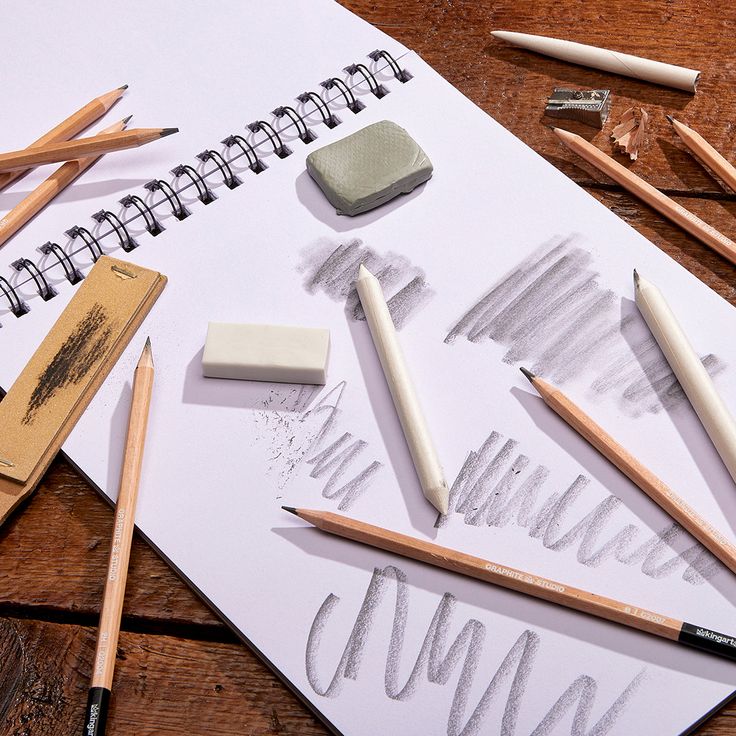
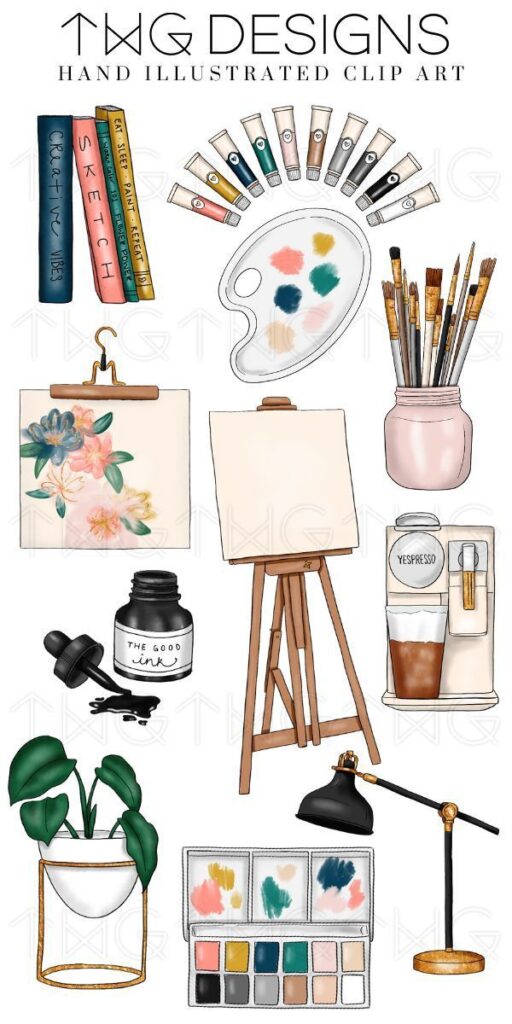
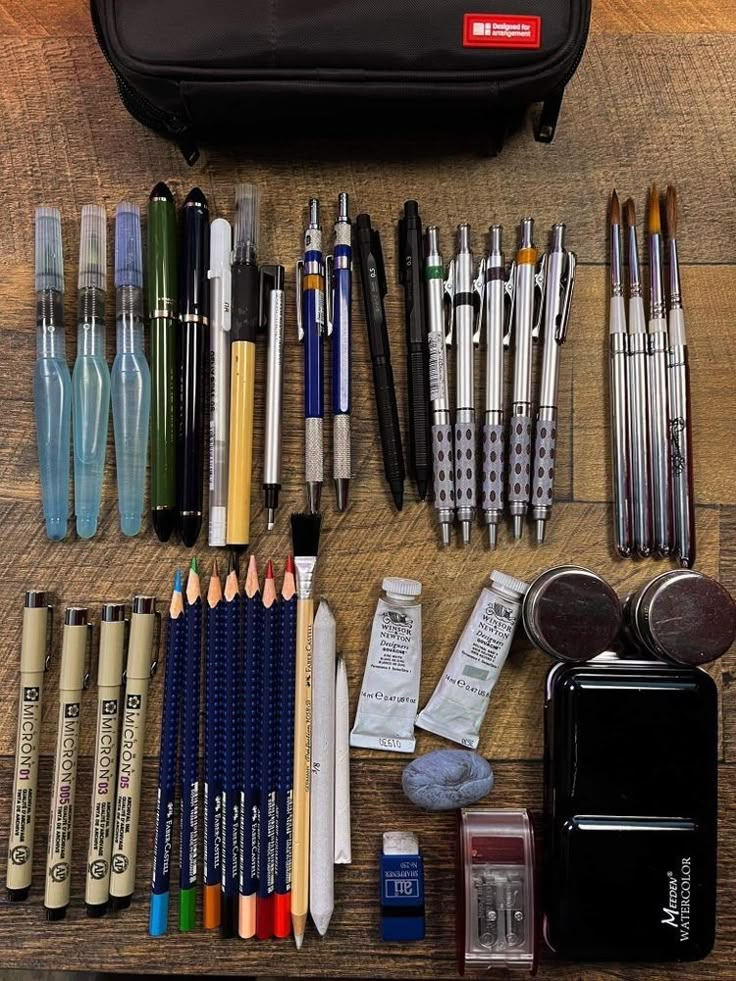
- Pencils & Erasers: Great for sketching out basic shapes and values. You can even do entire fire drawings in graphite, focusing on the intense contrast between light and dark.
- Colored Pencils: Excellent for building up layers of color and achieving smooth gradients. Start with lighter colors and gradually add darker ones.
- Charcoal/Pastels: These offer rich, blendable colors, perfect for depicting the soft, smoky glow of fire. Be aware that they can be messy but produce stunning results.
- Markers: Alcohol-based markers can give vibrant, saturated colors. Layering different shades of yellow, orange, and red can create a striking effect.
- Paints (Watercolor, Acrylic, Gouache): For those who love a wet medium, paints allow for beautiful blending and washes that mimic the ethereal quality of flames. Watercolor is particularly good for translucent effects.
Digital Tools
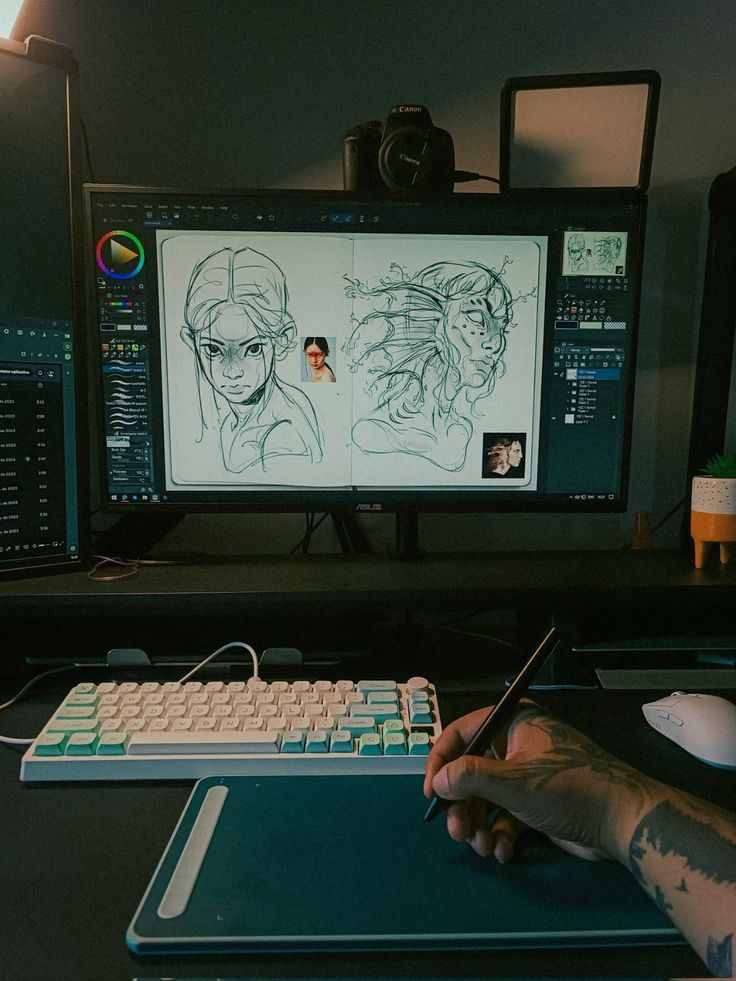
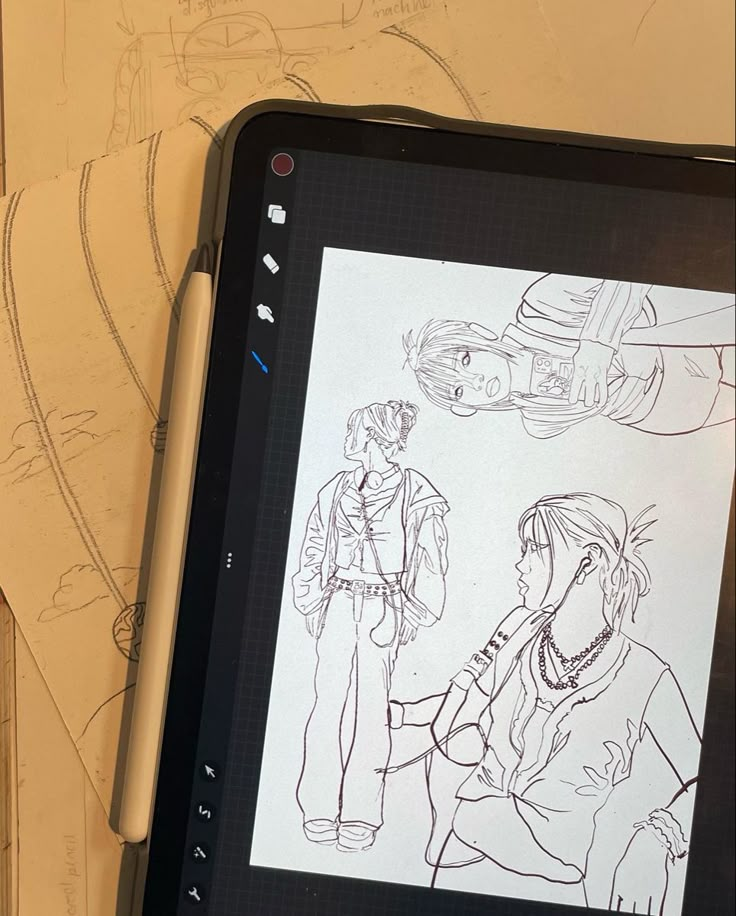
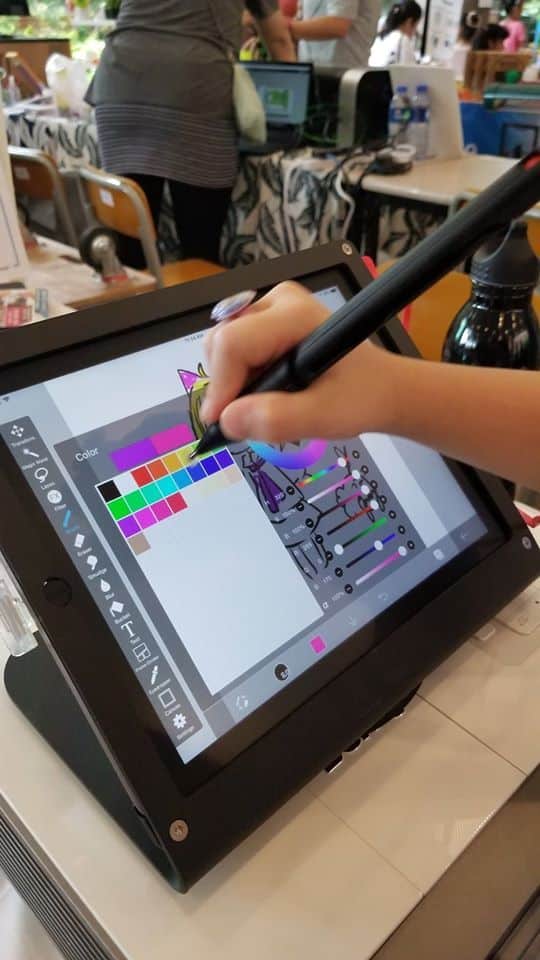
- Drawing Tablets & Software: Programs like Procreate, Photoshop, Clip Studio Paint, or Krita offer incredible flexibility. You can experiment with various brushes, blend modes, and layers without fear of “ruining” your work. Many digital artists swear by certain brush sets to get just the right fiery texture. If you’re into digital art, exploring options like the best default Procreate brushes for painting a comprehensive guide can really enhance your workflow.
- Layering and Blending Modes: These are your best friends in digital fire art. Use “Overlay,” “Add (Glow),” or “Screen” blend modes on upper layers to create intense luminosity and burning effects.
Casual & Cool Fire Drawing Ideas
Alright, time for the fun part! Here are a ton of casual and cool fire drawing ideas, ranging from super simple to a bit more ambitious. Pick one that sparks your interest and just go for it!
Simple Sparks and Embers


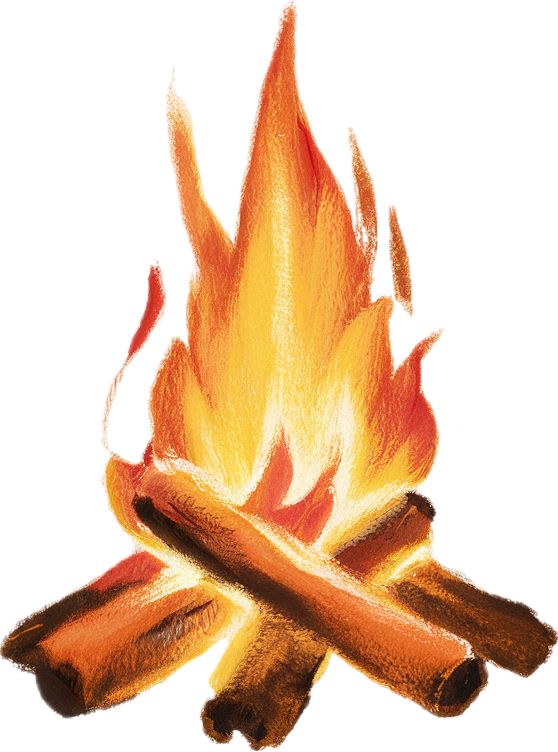
These are great starting points for anyone new to drawing fire. They focus on the basics of glow and simple forms.
- Campfire Flames: This is a classic for a reason. Focus on the central body of the fire, the upward licking flames, and the glowing embers within the logs. Think about the smoke curling upwards and the warm light cast on surrounding rocks or ground. It’s comforting and majestic.
- Candlelight Glow: A single candle flame offers a beautiful study in contained fire. Notice the small, steady flame, the deep red wick, and the subtle halo of light it casts. Try drawing it in a dark room to emphasize the contrast.
- Burning Logs/Charcoal: Forget the big flames for a moment and focus on the smoldering glow of hot wood. This is all about the vibrant oranges, reds, and subtle smoke. It’s a fantastic way to practice rendering intense heat without complex movement.
Dynamic and Explosive Fire
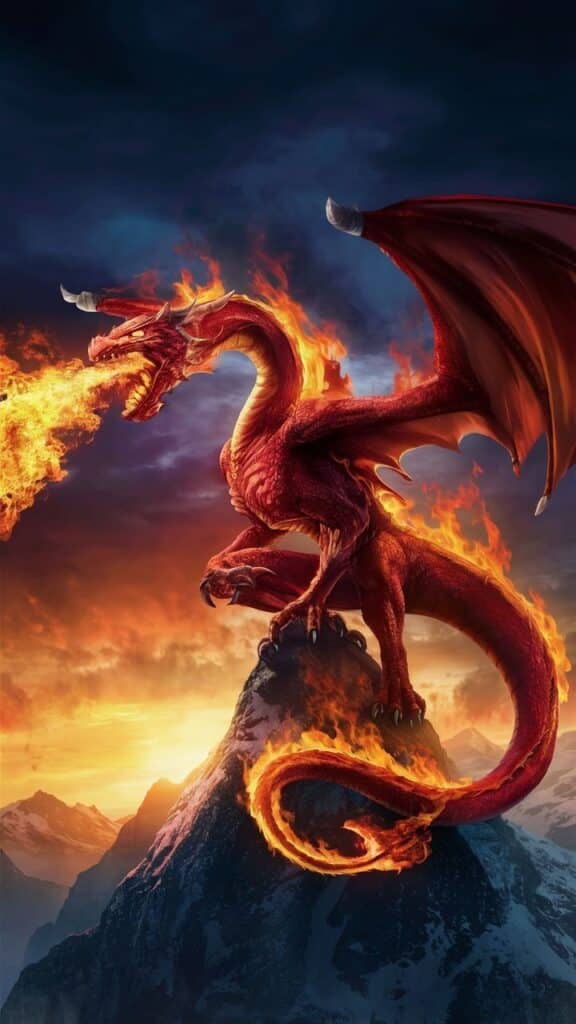
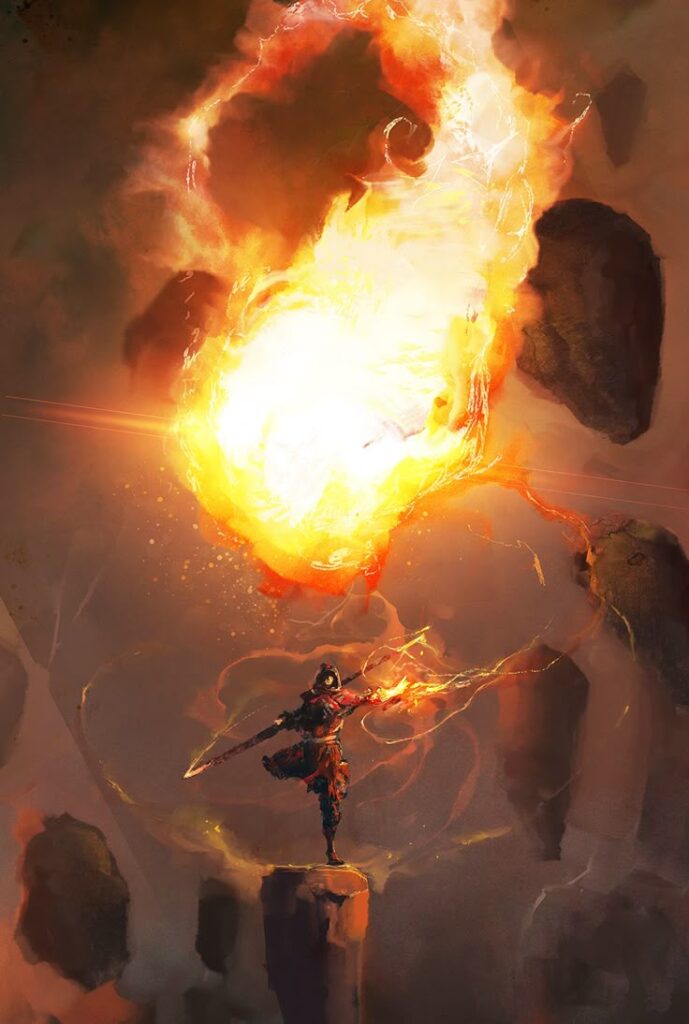
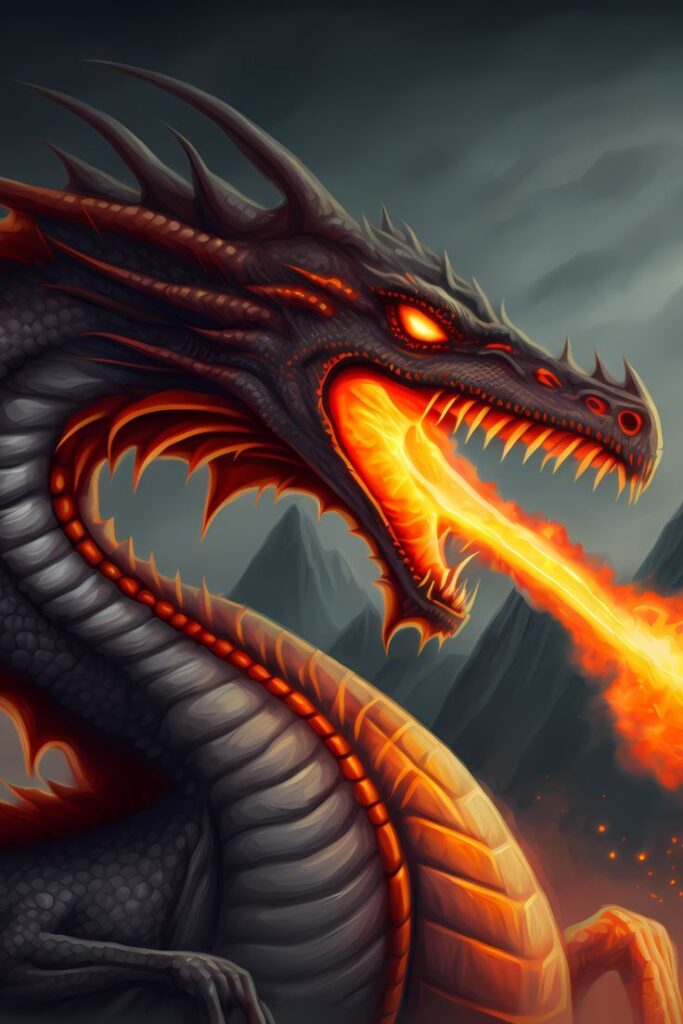
Ready to turn up the heat? These ideas embrace the raw power and movement of fire.
- Explosions and Fireballs: Think big, dramatic, and chaotic. Focus on outward bursts of flame, smoke clouds, and flying debris caught in the fiery glow. Use quick, energetic strokes. This is where you can really push your reds and oranges.
- Dragon’s Breath: Imagine a torrent of fire erupting from a mythical creature’s maw. This requires a sense of direction and immense power. Consider the shape of the stream of fire, how it twists and spreads, and the intense heat it projects. You can even incorporate the dragon’s head subtly into the composition.
- Fiery Portal/Magic: Ever seen a wizard cast a fire spell? Picture a swirling vortex of flames, a glowing symbol, or fiery tendrils emanating from a hand. This allows for more abstract and fantastical interpretations of fire, blending it with magical energy.
Fire in Everyday Objects
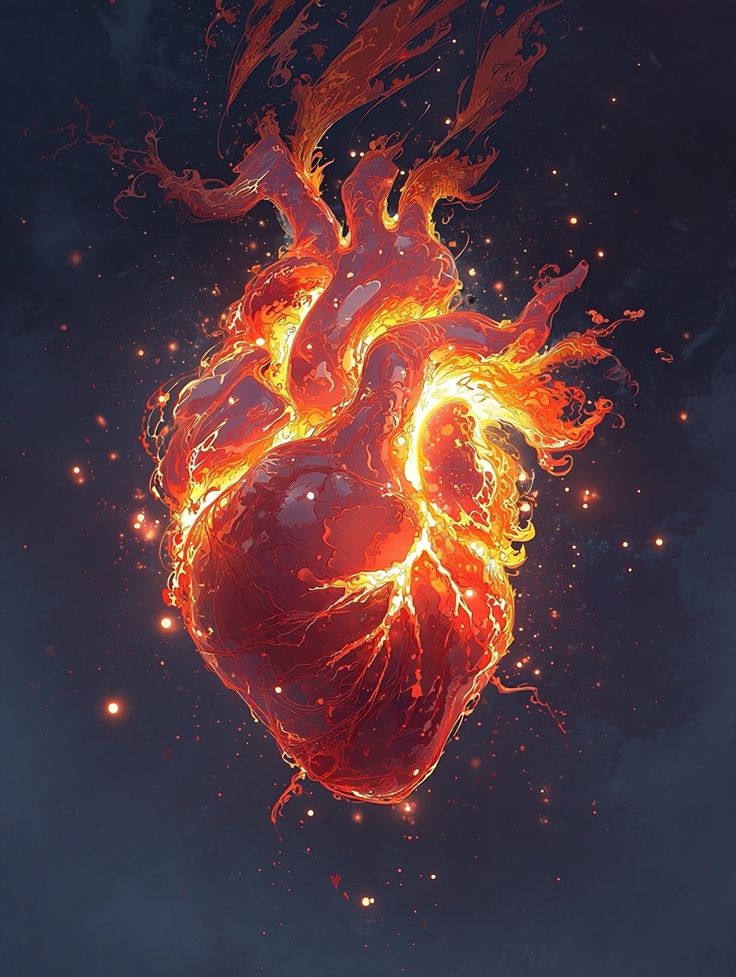
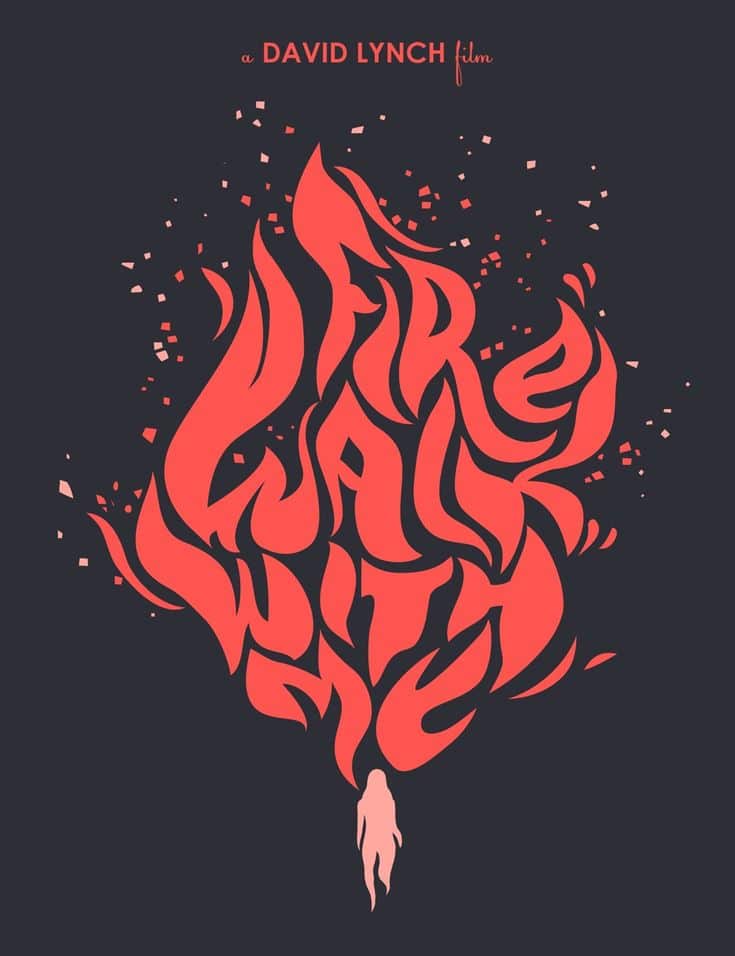
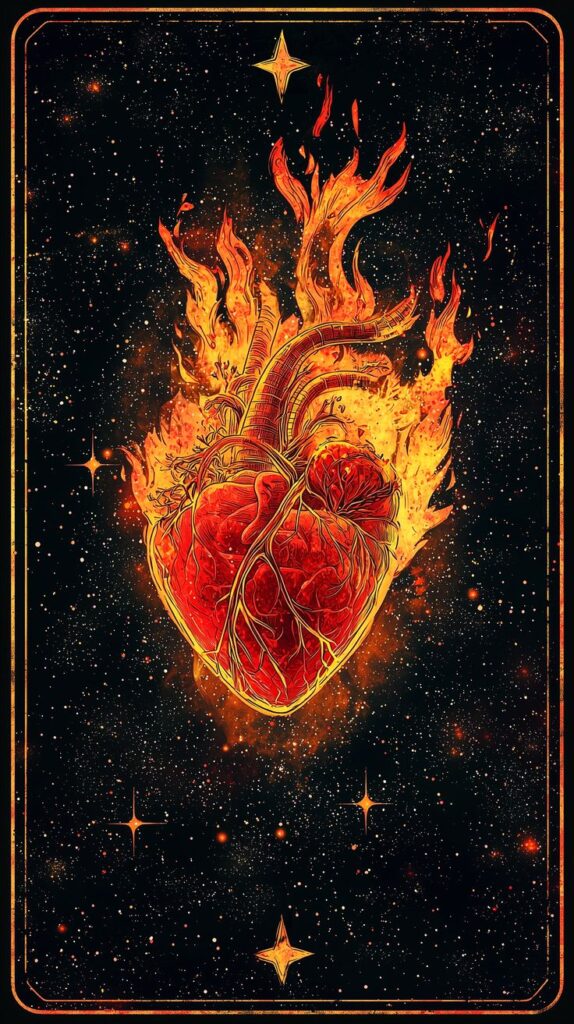
Integrating fire with other elements can create unexpected and cool visuals.
- Fiery Text or Typography: Imagine your favorite word or phrase engulfed in flames. How do the flames interact with the edges of the letters? Do they burn away parts, or just outline them with a fiery glow? This is a great way to combine lettering with effects. You could even draw flames interacting with cool typography basics how to combine fonts for cool designs
- Burning Heart/Symbol: A powerful emotional image. Whether it’s a heart ablaze with passion or a specific symbol ignited, this idea focuses on the symbolic weight of fire. Consider the subtle smoke rising and the intense glow from within.
- Ignited Objects: Take a common object and set it alight – a burning match, a fiery book, a guitar engulfed in flames, or even a car. This creates a striking contrast between the familiar form of the object and the destructive beauty of the fire consuming it. Think about how the fire would warp or change the object’s appearance.
Abstract and Stylized Fire
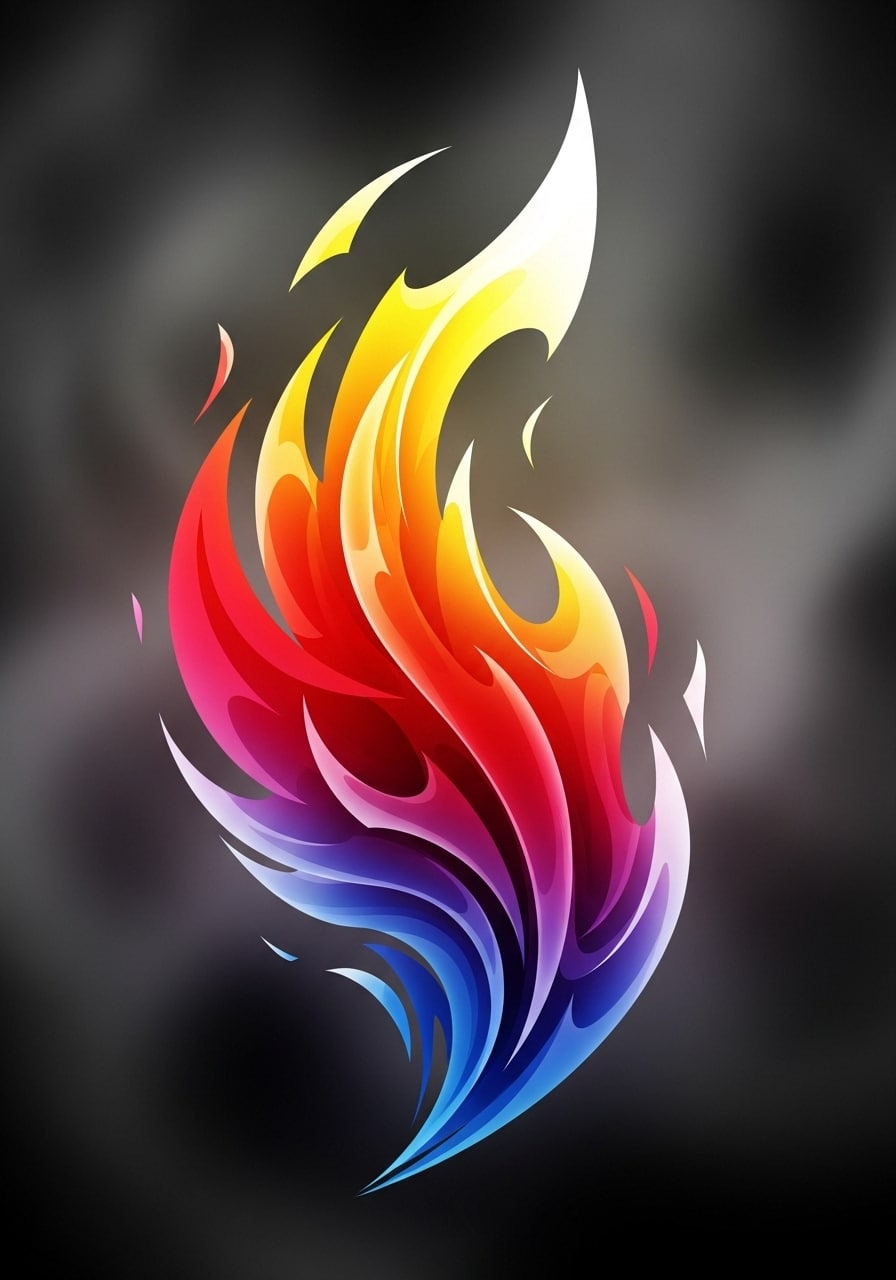
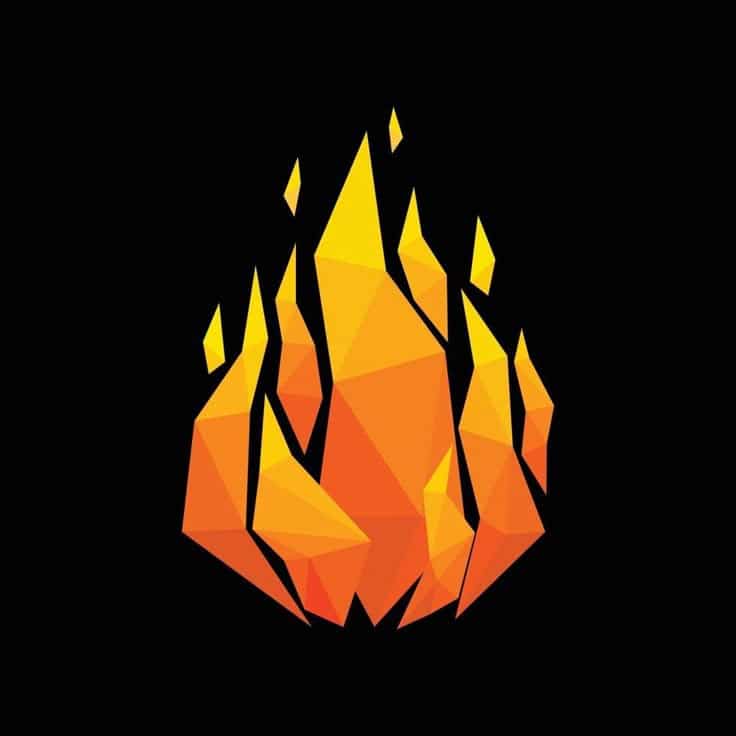
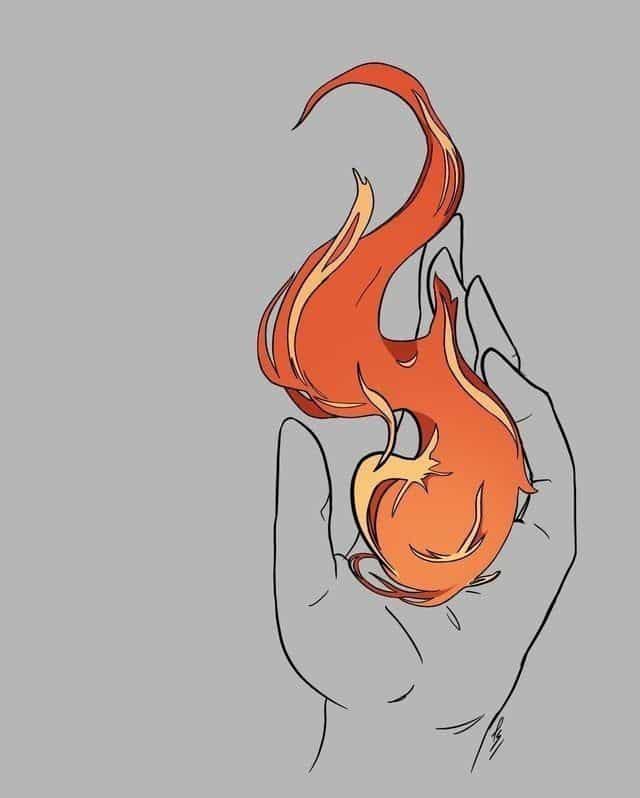
Don’t feel limited by realism. Fire can be incredibly expressive in abstract forms.
- Liquid Fire Effect: Picture flames that flow and swirl like molten lava or glowing liquid. This can be achieved with smooth, unbroken lines and gradients that give a sense of fluid motion. It’s a fantastic exercise in creating dynamic shapes with color. For some inspiration on this, you might look into creating abstract art in Photoshop liquid paint effect which uses similar principles.
- Geometric Flames: Break down flames into sharp, angular shapes, almost like stained glass. This offers a modern, graphic take on fire. Focus on clean lines and distinct color blocks.
- Fire Spirits/Elemental Beings: Imagine fire taking on a sentient form – a fiery phoenix, a fire elemental, or a dancing spirit made of pure flame. This blends creature design with fire effects, allowing for incredible creativity in depicting form and light.
Fire as an Accent
Sometimes, a little bit of fire goes a long way. Use it to enhance a larger subject.
- Character with Fiery Eyes/Hair: Add glowing, fiery eyes to a character for an intense, supernatural look, or give them hair that literally burns with energy. This adds a powerful visual element without making fire the sole focus.
- Weapon with Fiery Edge: A sword, axe, or staff that has a glowing, burning edge. How does the fire ripple and flicker along the blade? What kind of light does it cast on the weapon itself? This can make an ordinary weapon look legendary.
- Smoke and Ash Studies: Fire isn’t just about the flame. The smoke, ash, and heat haze it produces are equally important for realism and atmosphere. Practice drawing dense smoke plumes, wisps of heat distortion, and scattered ashes. These elements add depth and tell a story about the fire’s intensity and aftermath.
The Emotional Impact of Fire in Art
Beyond the technical aspects, remember that fire is a powerful storytelling tool. Historically, fire has been depicted in art across various cultures and eras, often symbolizing creation, destruction, purification, or divine power. Exploring the history and evolution of fine art from ancient times to the present will show you just how frequently and profoundly fire has inspired artists throughout human civilization. When you draw fire, think about the emotion you want to convey.
- Is it a cozy, warm fireplace bringing comfort?
- A raging inferno causing destruction?
- A magical spark hinting at something wondrous?
- A fierce dragon’s breath showing immense power?
Infusing your fire drawings with intention and emotion will make them resonate more deeply with viewers.
Conclusion
Drawing fire might seem daunting at first, but with a casual approach and a willingness to experiment, you can add this dynamic element to your artistic toolkit. We’ve explored everything from understanding the basic principles of flame shape, color, and movement, to a wide array of cool fire drawing ideas perfect for any skill level. Remember to observe real flames, practice blending and layering, and always focus on capturing that magical glow.
Whether you’re sketching a simple campfire or a dramatic fiery explosion, the key is to embrace the wild, unpredictable beauty of fire. So, grab your tools, pick an idea that ignites your imagination, and start creating! Your art is about to get a whole lot hotter. Don’t just draw fire; become the artist who masterfully controls its essence on the page. Go forth and set your creativity ablaze!
- 30shares
- Facebook0
- Pinterest30
- Twitter0
